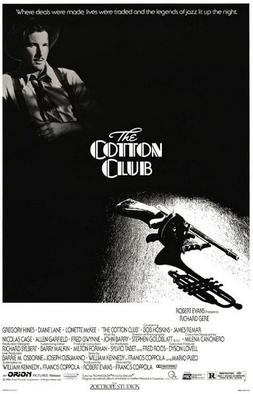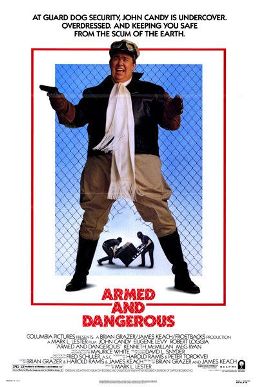1983’s Sweet Sixteen takes place in a small town in Texas.
Sherriff Dan Burke (Bo Hopkins) does his best to try to maintain the peace but it’s not always easy. Not when a good majority of the town is prejudiced against the Native Americans living on a nearby reservation. There’s a major archeological dig happening on the reservation, headed up by Dr. John Morgan (Patrick Macnee), but the town doesn’t care about any of the artifacts that Dr. Morgan and his team might discover. They’re too busy harassing local activist Jason Longshadow (Don Shanks) for stepping into the wrong bar.
However, a distraction from all of the casual racism has arrived in the form of Dr. Morgan’s daughter, Melissa (Aleisa Shirley). Soon, it seems like every teenage boy and young man in town is lusting after Melissa. Melissa, for her part, is only fifteen years old and is struggling to deal with all of the attention. Sometimes, she enjoys the attention. Sometimes, she just wants to be left alone. (Believe me, as someone who had adults hitting on her when she was 13, I could relate.) Melissa’s birthday is coming up and her mother (Susan Strasberg) is planning on throwing a big party and inviting the whole town to come over and celebrate. Sheriff Burke thinks it’s a great idea. “This town could use something to celebrate.”
The only problem is that any boy who so much as looks at Melissa ends up getting brutally murdered. When an old Native American man named Greyfeather (Henry Wilcoxin) is spotted near the scene of one of the crimes, the local redneck blame him for the murders and tragedy ensues. Sheriff Burke has to find the real murderer and, whether he likes it or not, he’s going to get some help from his kids, Hank (Steve Antin) and Marci (Dana Kimmel).
Hank and Marci really are this film’s secret weapons. In the past, I’ve been pretty critical of Dana Kimmel’s performance in Friday the 13th Part 3 and her insistence that her character be re-written to reflect her own religious beliefs and desire to be a good role model. However, Kimmel is really likable (and perhaps more appropriately cast) as the fiercely intelligent but still relatively innocent Marci, who reads murder mysteries and is totally excited about the prospect of getting to solve a real murder. Hank is perhaps a bit less enthusiastic about about crime-solving than Marci but he still helps out his sister because she’s his sister. Awwwwww!
Sweet Sixteen is a bit of an untraditional slasher film, one that is as concerned with social issues as is it was stalking and slashing teenagers. Perhaps that explains why it has a slightly better cast than the typical 80s slasher, with veteran actors like Patrick McNee, Susan Stasberg, and Bo Hopkins acting opposite equally capable but younger actors like Kimmel, Antin, and Aleisa Shirley. It’s also a surprisingly likable slasher film, due to the Dana Kimmel and Steve Antin’s engaging lead performances. Honestly, I think it’s kind of a shame that there weren’t a series of films featuring Marci and Hank solving crimes. Dana Kimmel and Steve Antin make quite a team in this above average slasher.
 The time is the 1930s and the place is New York City. Everyone wants to get into the Cotton Club. Owned by British gangster Owney Madden (Bob Hoskins), the Cotton Club is a place where the stage is exclusively reserved for black performers and the audience is exclusively rich and white. Everyone from gangsters to film stars comes to the Cotton Club.
The time is the 1930s and the place is New York City. Everyone wants to get into the Cotton Club. Owned by British gangster Owney Madden (Bob Hoskins), the Cotton Club is a place where the stage is exclusively reserved for black performers and the audience is exclusively rich and white. Everyone from gangsters to film stars comes to the Cotton Club. John Candy and Eugene Levy make a great team in the underrated comedy, Armed and Dangerous.
John Candy and Eugene Levy make a great team in the underrated comedy, Armed and Dangerous.